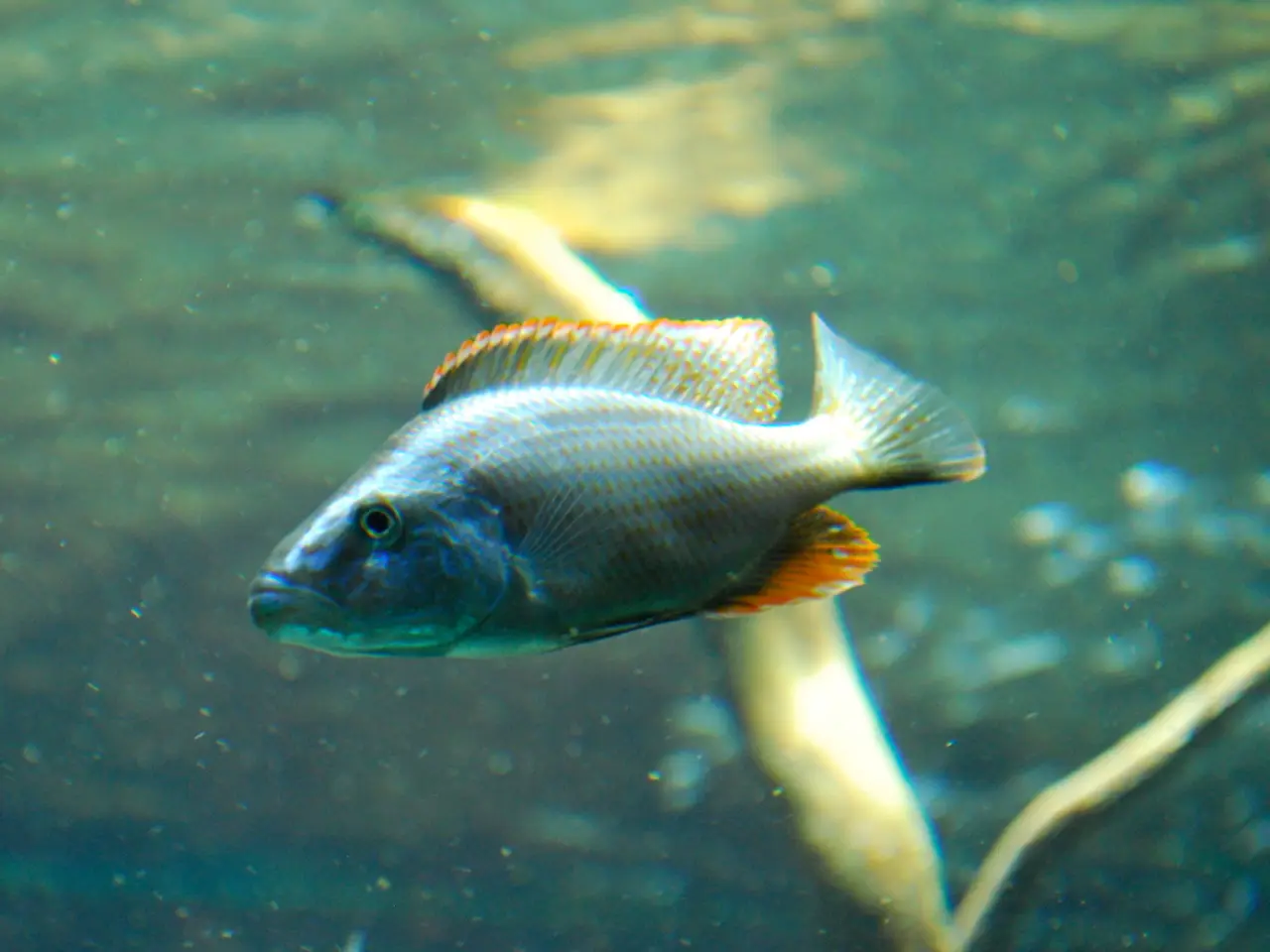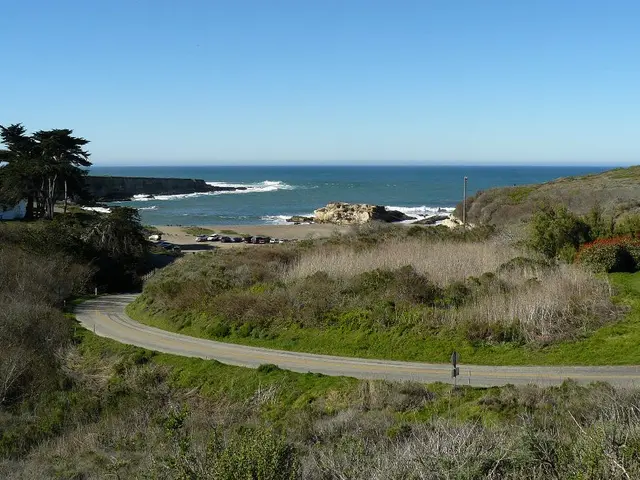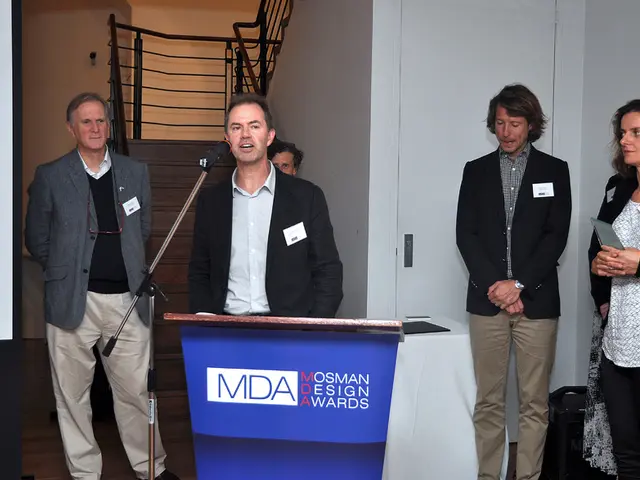University of Toronto Unveils FastViDAR: A Game-Changer in Real-Time Depth Mapping
Researchers at the University of Toronto have unveiled FastViDAR, a groundbreaking framework that swiftly generates accurate depth maps from multiple camera inputs. This innovation is a game-changer for fields like robotics and augmented reality, where real-time depth perception is crucial.
FastViDAR, presented by the University of Toronto research team, can process inputs from four fisheye cameras simultaneously. It produces full depth maps at an impressive 20 frames per second, all on standard embedded hardware.
The secret behind FastViDAR's speed and efficiency lies in its innovative features. It introduces an Alternative Hierarchical Attention mechanism, which focuses on relevant information from different viewpoints. Additionally, it employs a novel depth fusion approach that combines data from various angles with minimal computational cost.
FastViDAR's ERP fusion approach further enhances its capabilities. It projects multi-view depth estimates onto a shared equirectangular coordinate system, resulting in a final fused depth map that provides a comprehensive 360-degree view. The team's work has shown competitive performance on real-world datasets, paving the way for responsive, panoramic vision systems.
FastViDAR, developed by the University of Toronto research team, offers a significant advancement in multi-view depth estimation. By efficiently generating accurate depth maps in real-time, it opens up new possibilities for robotics, augmented reality, and other fields that rely on precise, 360-degree vision.
Read also:
- Increase in Electric Vehicle Charging Stations Across U.S., But Is It Sufficient?
- Tesla's Semi-Truck enters partnership with Uber Freight, aiming to accelerate the usage of electric trucks.
- The current status of green hydrogen for developing countries following the wave of hype: Assessment of remains
- Rapid Growth in Bio-based Polypropylene Sector Anticipated at a Compound Annual Growth Rate of 26.5% by 2034








